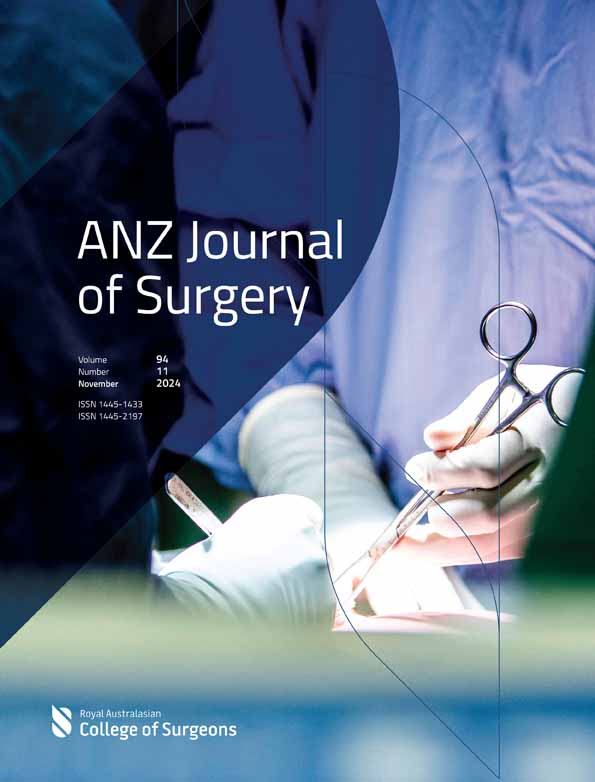Cutting the excess: tackling unnecessary orthopaedic surgeries
In ‘Unnecessary Care in Orthopaedic Surgery’, Boyle and Harris underscore a critical flaw in modern healthcare: the persistence of medical interventions where risks outweigh benefits.1 Overtreatment—continuing with surgeries despite evidence favouring non-surgical approaches—endangers patients and drains resources. Their analysis reveals the depth of this issue and suggests reforms to curb it.
A clear indicator of unnecessary care is the significant geographic variation in surgery rates, such as spine surgeries and knee arthroscopies. Boyle and Harris highlight stark differences across regions and institutions, driven not by patient needs but by entrenched local practices and financial motivations. Where surgery is readily available, it is more frequently performed—often without medical necessity. This issue is exacerbated by fee-for-service payment models that reward volume over value, pushing more procedures even when conservative management might be equally effective.
A key contributor to this problem is an ‘evidence gap’: many orthopaedic procedures lack robust research proving their superiority over non-surgical options. Worse still is the ‘evidence-practice gap’, where outdated surgeries persist despite clear data showing minimal benefit. For example, knee arthroscopy for degenerative changes remains common practice, even though studies question its effectiveness. This disconnect between evidence and practice exposes patients to unnecessary risks and drives up healthcare costs.
Surgeon decision-making further fuels overtreatment. Cognitive biases—like optimism bias, which leads to overestimating benefits and underestimating risks—skew clinical judgements. Surgeons may attribute patient improvements to their interventions, disregarding natural recovery or non-surgical therapies. Confirmation bias also plays a role, as surgeons may favour evidence that supports their preferred methods while ignoring contradictory studies. Combined with a surgical training culture that rarely challenges established practices, these biases perpetuate a cycle of excessive intervention.
The structure of healthcare systems, particularly fee-for-service models, amplifies this issue. These models incentivize more procedures by tying physician compensation to the volume of services provided. This dynamic directly influences practice patterns: a survey of U.S. doctors revealed that 70% believe financial interests affect decisions to recommend unnecessary procedures.2 The economic toll is staggering—unnecessary care adds about $750 billion annually to U.S. healthcare costs.
Boyle and Hunter promote several strategies to tackle these challenges. First, generating high-quality randomized controlled trials (RCTs) that directly compare surgical and non-surgical options is essential. Rigorous evidence can prevent the adoption of ineffective procedures as standard practice. Second, shifting from fee-for-service to value-based payment models can realign incentives with patient outcomes, promoting evidence-based care and reducing unnecessary surgeries. Third, education must also be prioritized. Training surgeons to critically evaluate evidence and embrace scepticism toward established norms is vital for change. A culture that emphasizes continual learning over unexamined tradition can drive a shift toward more judicious surgical practices.
Reforming orthopaedic care will take coordinated efforts from medical professionals, policymakers, and educators. By aligning incentives, demanding stronger evidence, and prioritizing patient-centred approaches, orthopaedics can significantly reduce overtreatment. This is not just a financial issue—it is about ensuring every patient receives the right care, guided by the best available evidence, when it truly benefits them.




